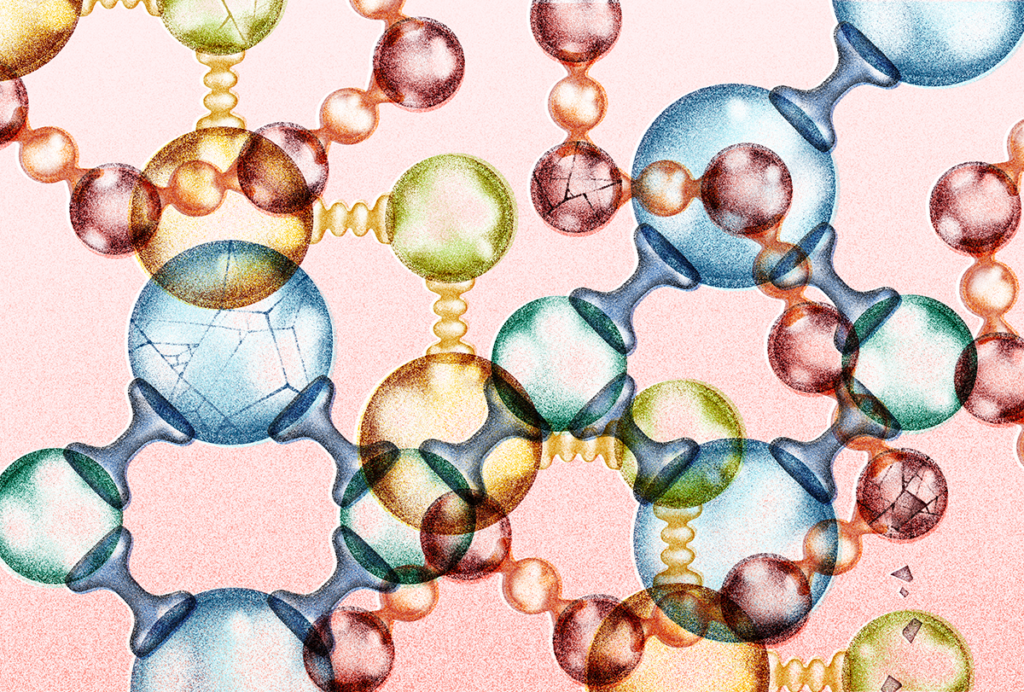Motor problems key feature of autism, family study suggests
In families that have at least one child with autism, significant motor impairments crop up in most children with the disorder and hardly any of their unaffected siblings, according to a study published 19 October in Autism.
-
C. Hilton
Hop to it: A standardized test asks children to perform a variety of basic movements, from cutting paper to jumping on one leg.
In families that have at least one child with autism, significant motor impairments crop up in most children with the disorder and hardly any of their unaffected siblings, according to a study published 19 October in Autism1.
Many studies have shown motor problems in people with autism, but this is the first to investigate whether family members also have them. Motor deficits such as clumsiness, poor muscle tone and difficulty with fine and gross motor skills crop up in some 80 percent of children with the disorder, but are not part of the diagnostic criteria2.
Because motor problems consistently accompany autism in families, they should be considered part of the disorder, the researchers say.
“We know there are many ways to get to autism,” says lead investigator John Constantino, professor of psychiatry and pediatrics at Washington University in St. Louis. “What we’re saying is that it looks like many of them may be associated with motor coordination deficits, at a level that rivals the frequency of communicative or language deficits.”
After decades of neglect, motor problems are garnering some attention from autism researchers. For example, several groups are uncovering early motor problems in younger siblings of children with autism.
The techniques for measuring motor skills are also getting more sophisticated. For instance, in a study published 1 October in Research in Autism Spectrum Disorders, researchers asked participants to strike two drumsticks either at the same time or one after another. Young children with autism have difficulty with this kind of coordination compared with healthy controls, the study found3.
Paired skills:
Where researchers disagree is whether motor deficits are specific enough to autism to be included in the diagnostic criteria for the disorder.
Motor problems occur in premature babies, for example, and in children with global developmental delay. And research on so-called baby sibs suggests that even those siblings who don’t develop autism tend to show some early motor problems, notes Anjana Bhat, assistant professor of kinesiology at the University of Connecticut.
Studying motor impairments may be useful for sorting out complex genetic relationships between autism and other disorders, Bhat adds. Some of the children in Constantino’s study have both autism and attention deficit hyperactivity disorder, for example, and these children have higher motor scores than those with autism alone.
“In a range of psychiatric disorders, there are significant motor impairments,” Bhat says. “Yet for some reason, the clinicians always emphasize the cognitive and social abilities, and these motor impairments are ignored.”
In his new study, Constantino’s team measured motor skills in sibling pairs from 67 families: 29 concordant pairs, in which both have autism, and 48 discordant pairs, in which only one sibling has autism.
The researchers used a 50-minute test called the Bruininks-Oseretsky Test of Motor Proficiency, which they performed either in their laboratory or in a family’s home. They asked participants to complete dozens of specific movements — such as cutting paper, placing pegs in a board, and hopping on one foot — and scored them on each. The researchers and parents used a range of incentives, including praise, fruit snacks and massages, to encourage the children with autism to complete each task.
The test probes “a really nice range of abilities,” says Claudia Hilton, assistant professor of occupational therapy and psychiatry at Washington University. “It gave us a bigger and more standardized picture than previous studies have.”
The researchers found that 83 percent of siblings with autism score at least one standard deviation below the mean of the general population, compared with just 6 percent of unaffected siblings.
Genetic makeup:
Among the children with autism, motor problems correlate with the severity of autism symptoms, as assessed by parents’ responses to the Social Responsiveness Scale, the study found.
Of the 29 concordant sibling pairs, 6 are identical twins. The researchers found that these twins show the strongest similarity in their motor scores, the non-twin concordant siblings show less similarity, and the discordant siblings’ scores are not similar at all.
“This indicates that the motor coordination impairment is not like some strange byproduct of being autistic, it’s actually part of the genetic makeup of the syndrome,” Constantino says.
The data are impressive, say some experts.
“I think they’re making a valid claim that motor impairment is a core component of autism,” says James Cauraugh, professor of health and human performance at the University of Florida. Last year, Cauraugh analyzed the statistics for a meta-analysis of 41 studies and found that autism is associated with a wide variety of deficits in motor performance4.
But others point out that the study’s methodology could lead to an overestimation of the motor problems in children with autism.
“The motor assessments require either that kids follow directions, or that they have the ability to imitate what an adult is doing. That’s really difficult for kids with autism,” says Grace Baranek, professor of allied health sciences at the University of North Carolina, Chapel Hill.
This idea is bolstered by the correlations between autism severity and motor impairments, she adds. “The more severe a child’s disability, the more likely they are to have problems on a variety of things, including the motor test.”
Researchers should thoroughly probe the motor signatures in autism and their genetic basis, she adds. “I believe these motor problems are there, but whether or not they’re part of core features I think is a question that is not answerable at this point in time.”
References:
1: Hilton C.L. et al. Autism Epub ahead of print (2011) PubMed
2: Green D. et al. Dev. Med. Child Neurol. 51, 311-316 (2009) PubMed
3: Isenhower R.W. et al. Res. Autism Spect. Dis. Epub ahead of print (2011) Abstract
4: Fournier K.A. et al. J. Autism Dev. Disord. 10, 1227–1240 (2010) PubMed
Recommended reading
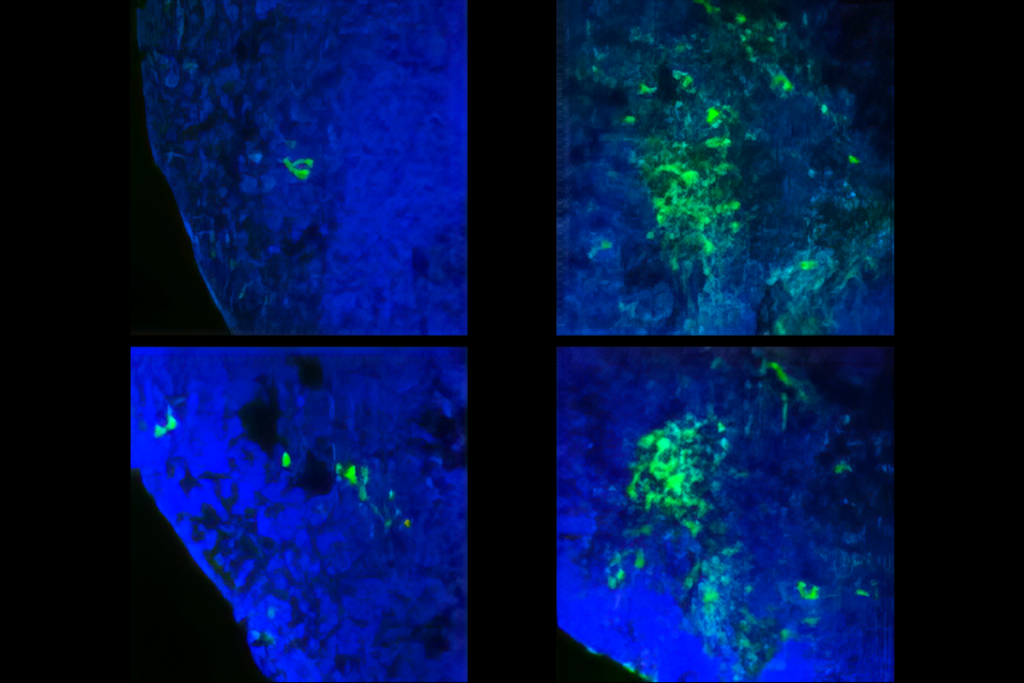
Personalized medicine; astroglia organoids; fast track for fragile X drug
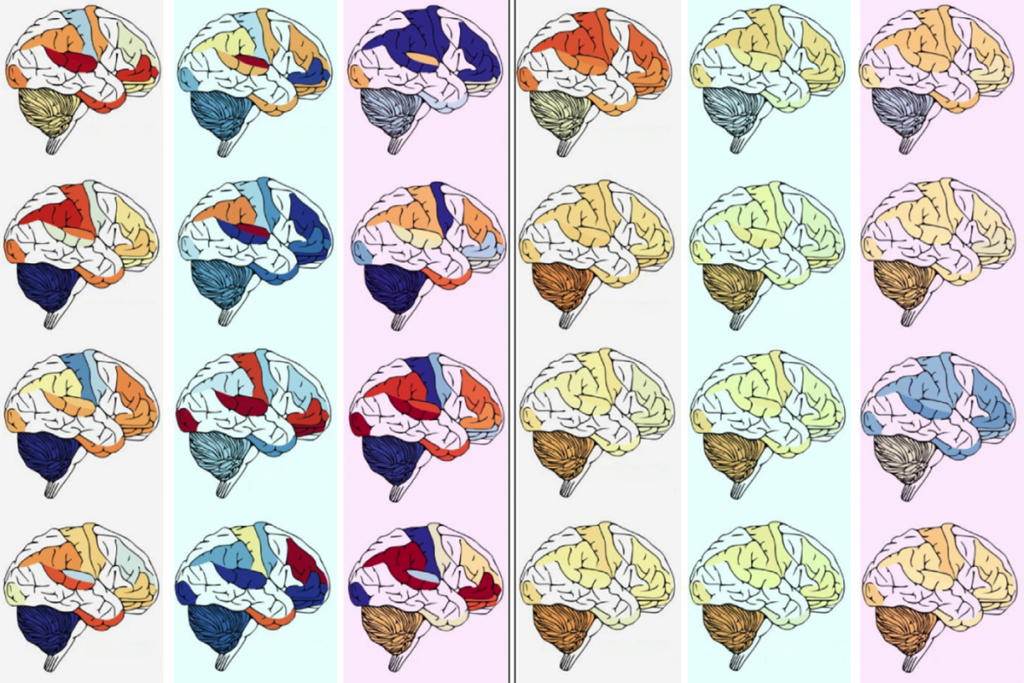
X marks the spot in search for autism variants
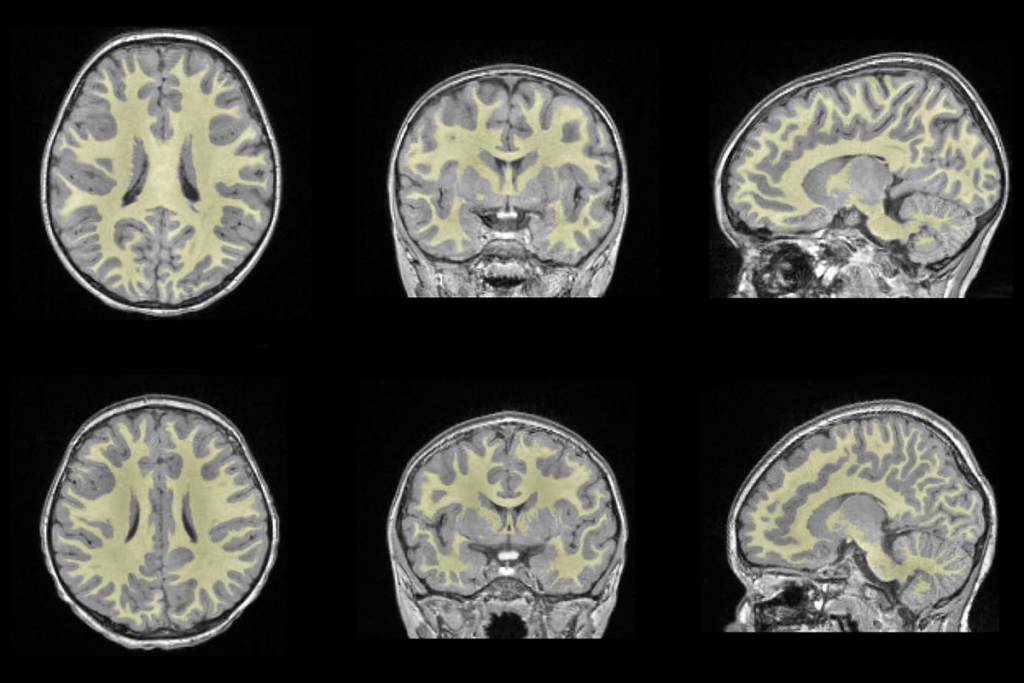
White-matter changes; lipids and neuronal migration; dementia
Explore more from The Transmitter
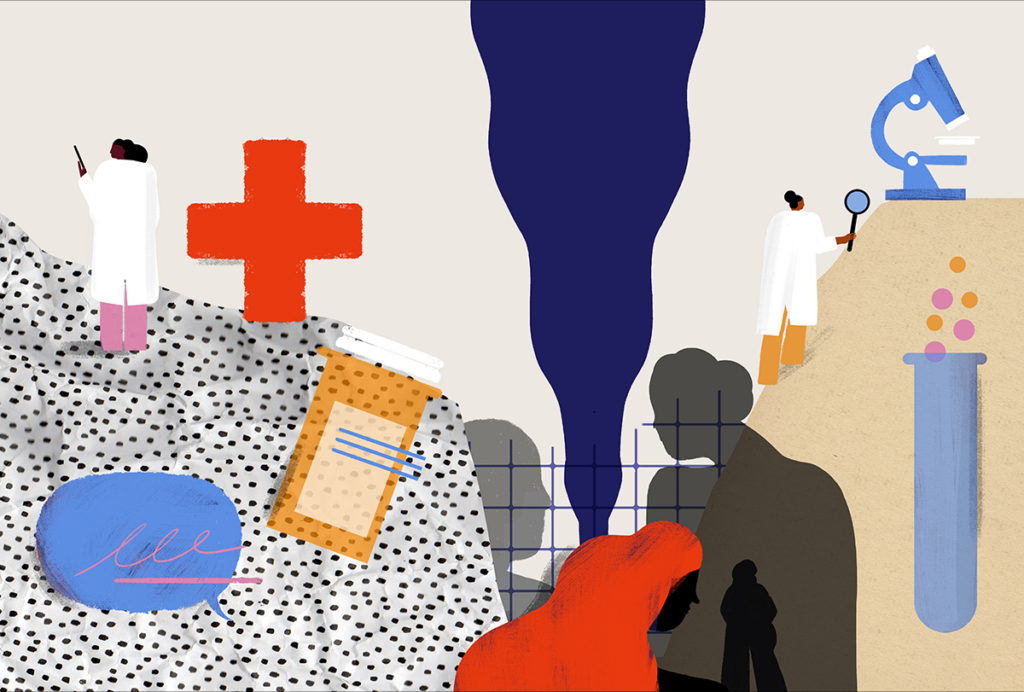
Neuroscientists need to do better at explaining basic mental health research
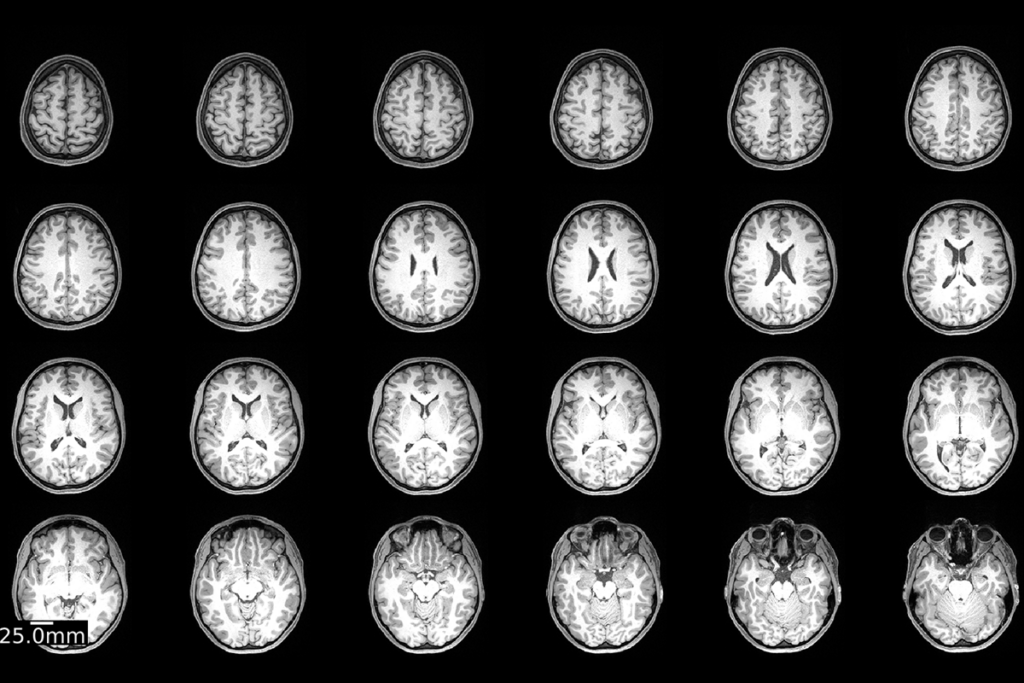
Dose, scan, repeat: Tracking the neurological effects of oral contraceptives
